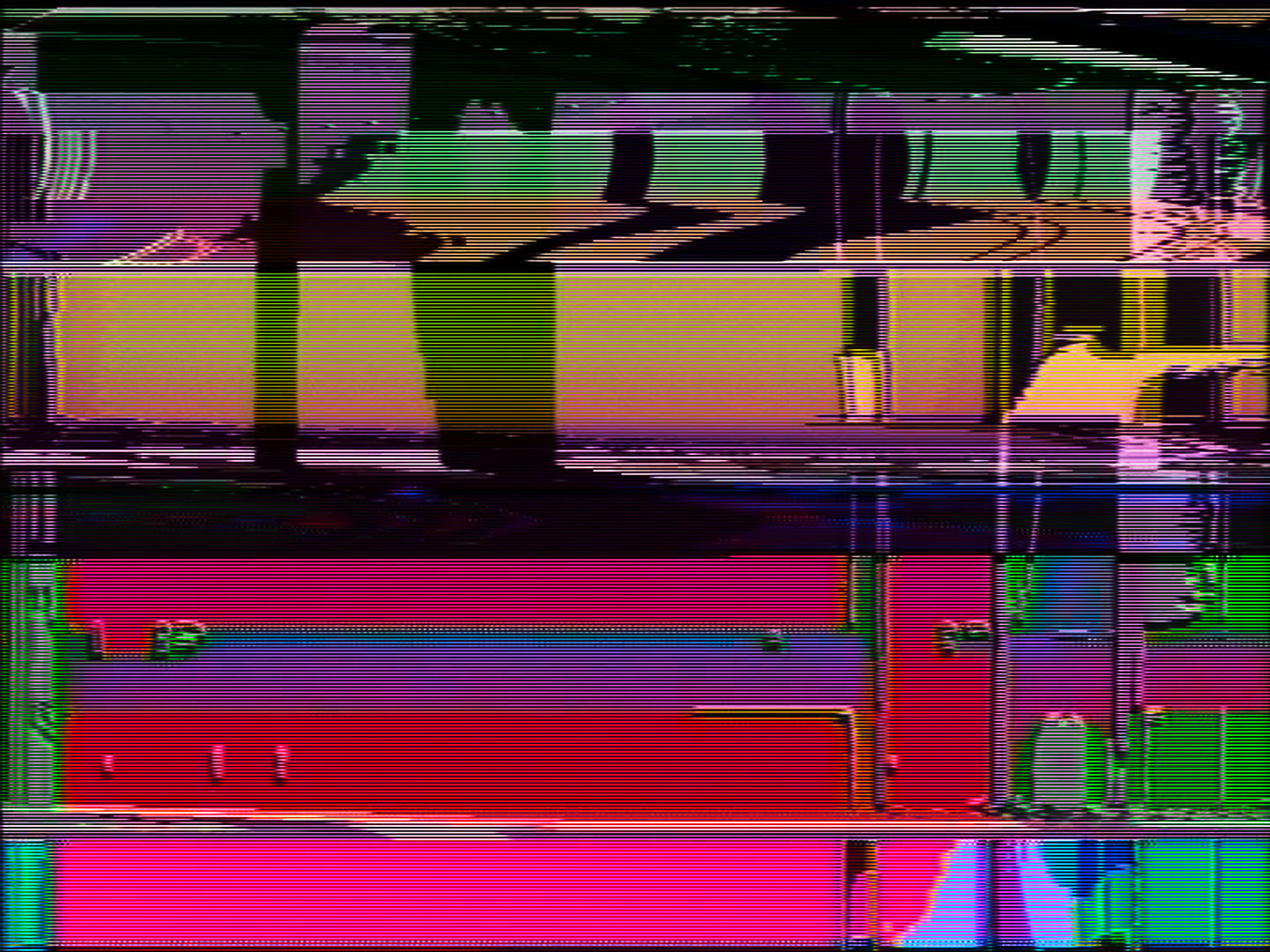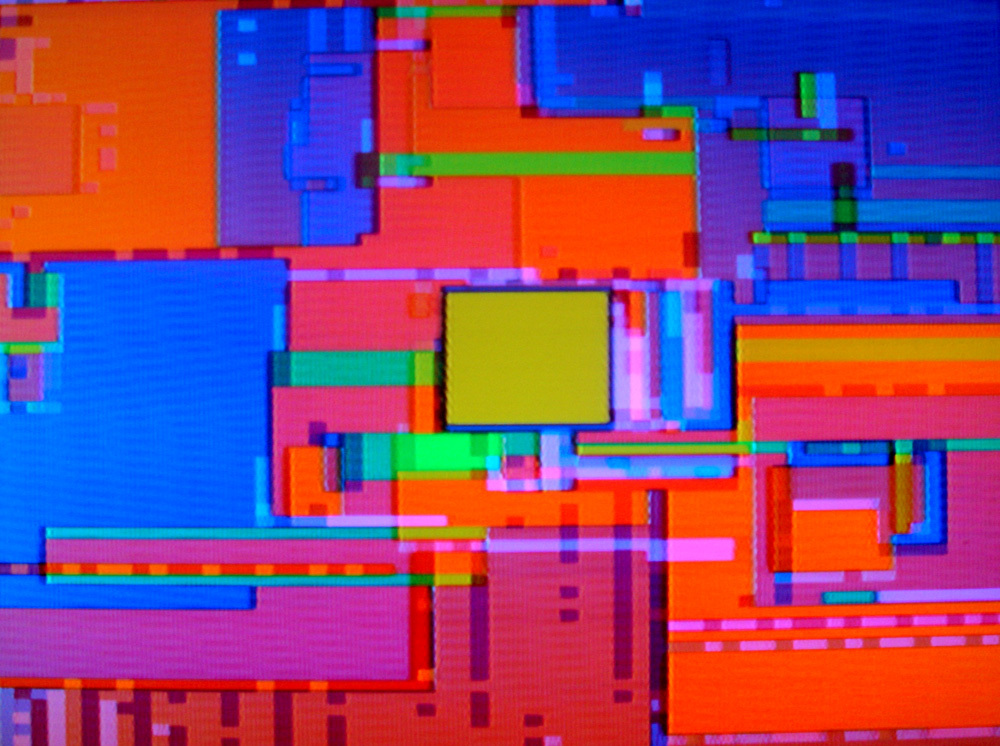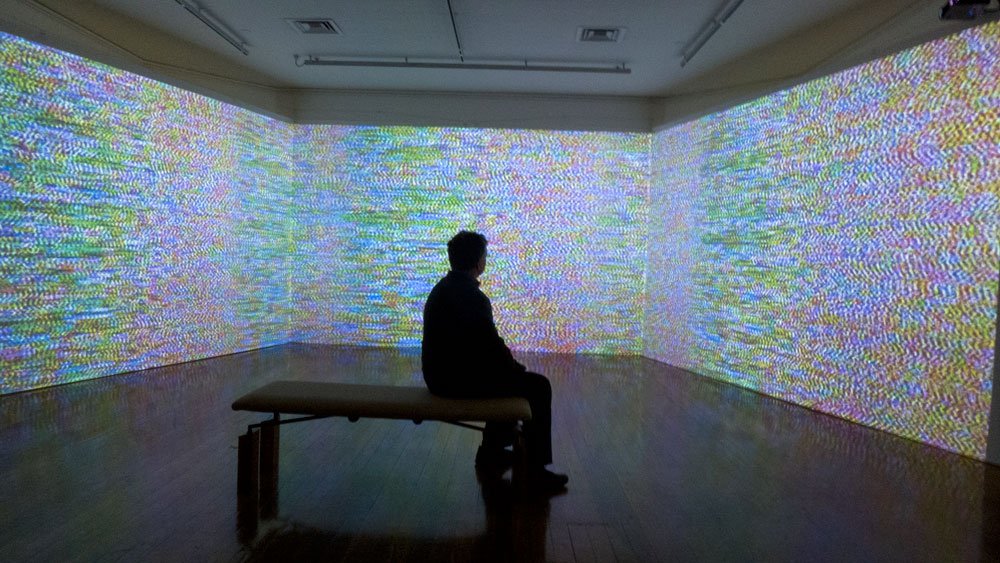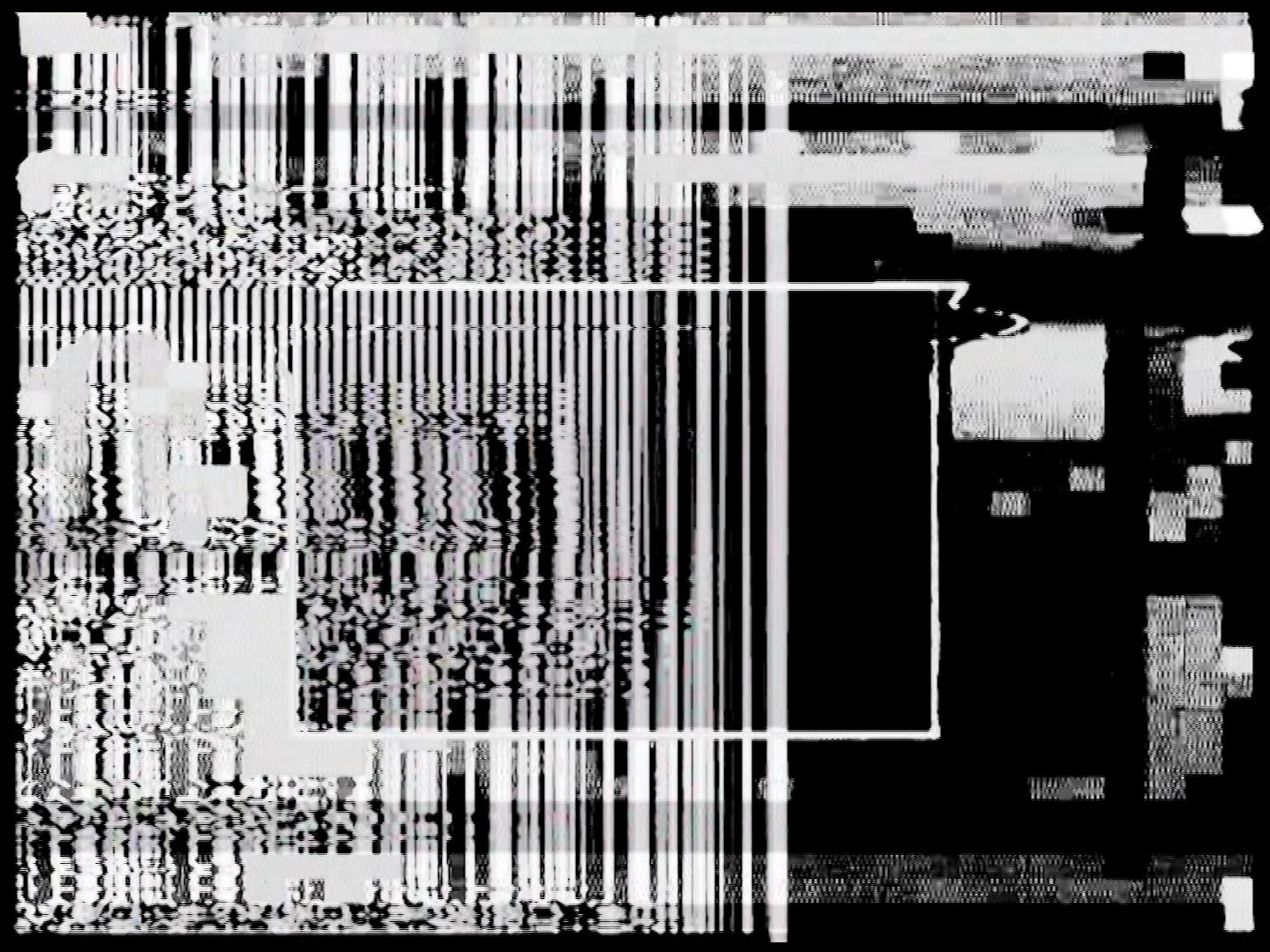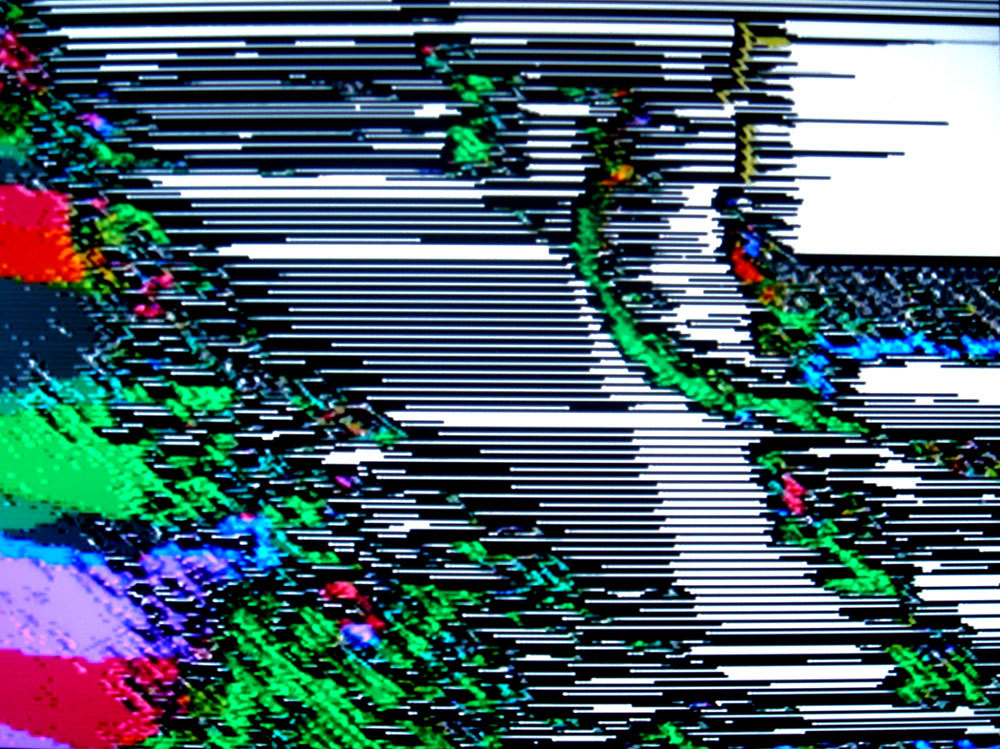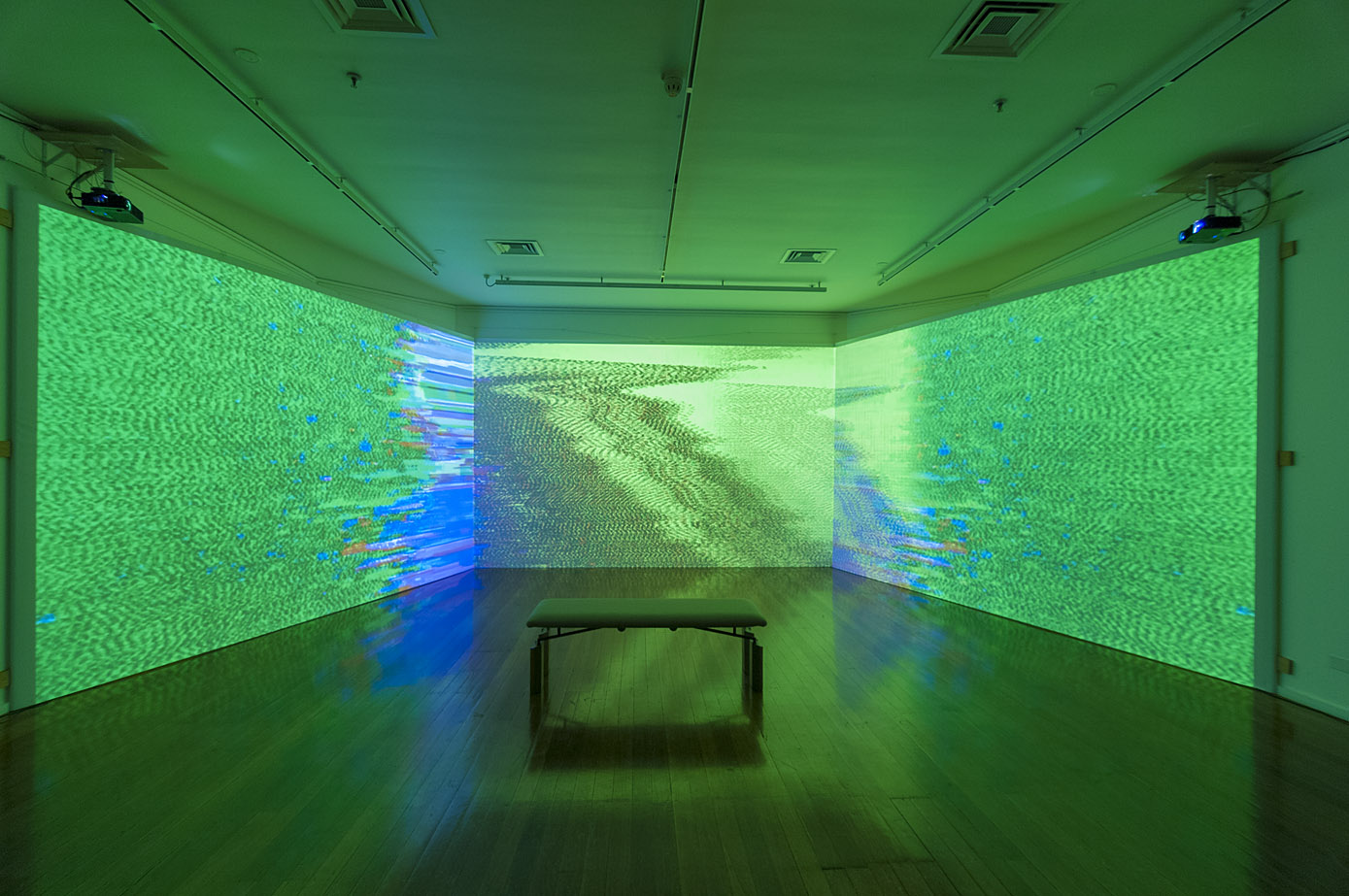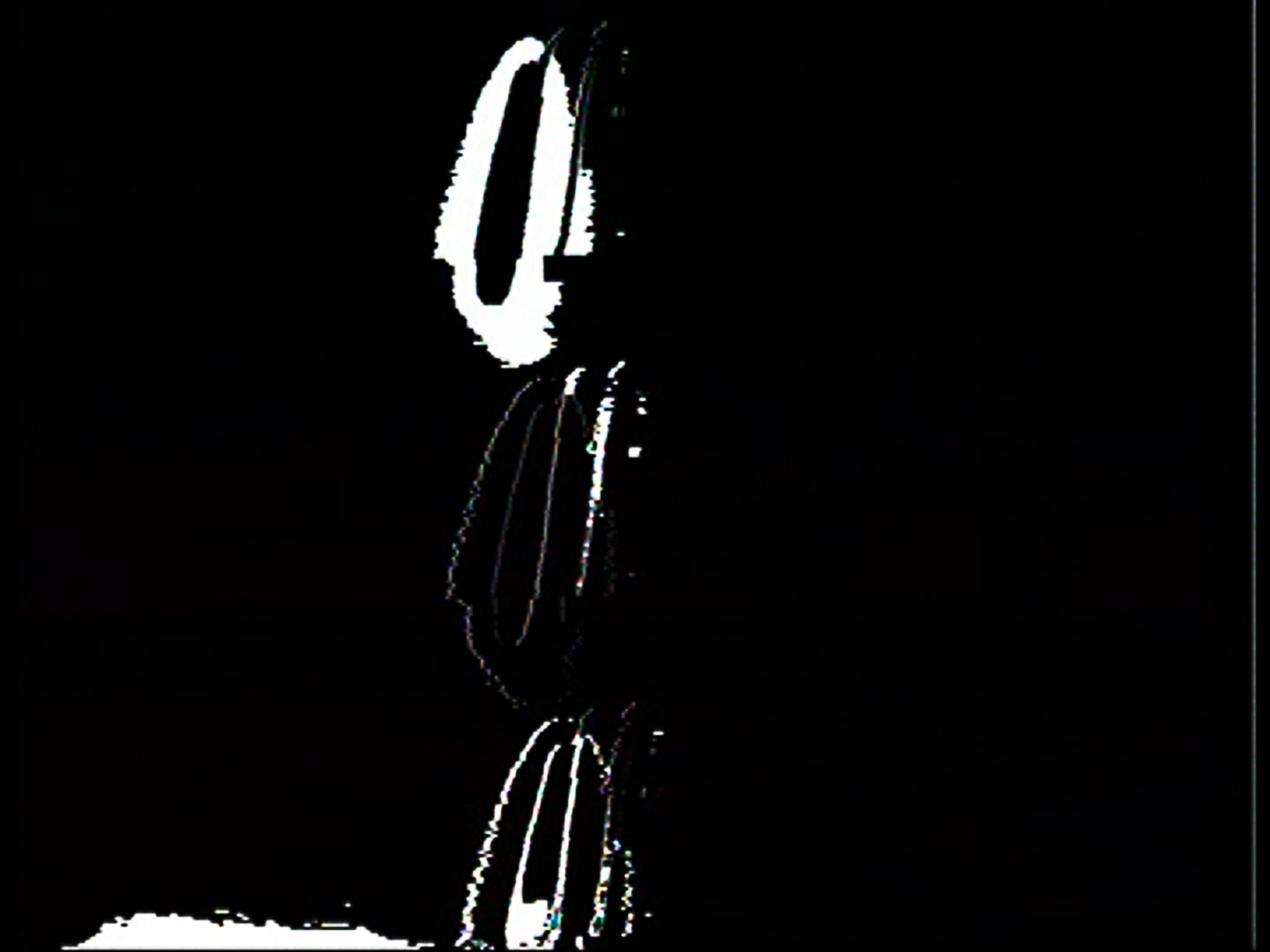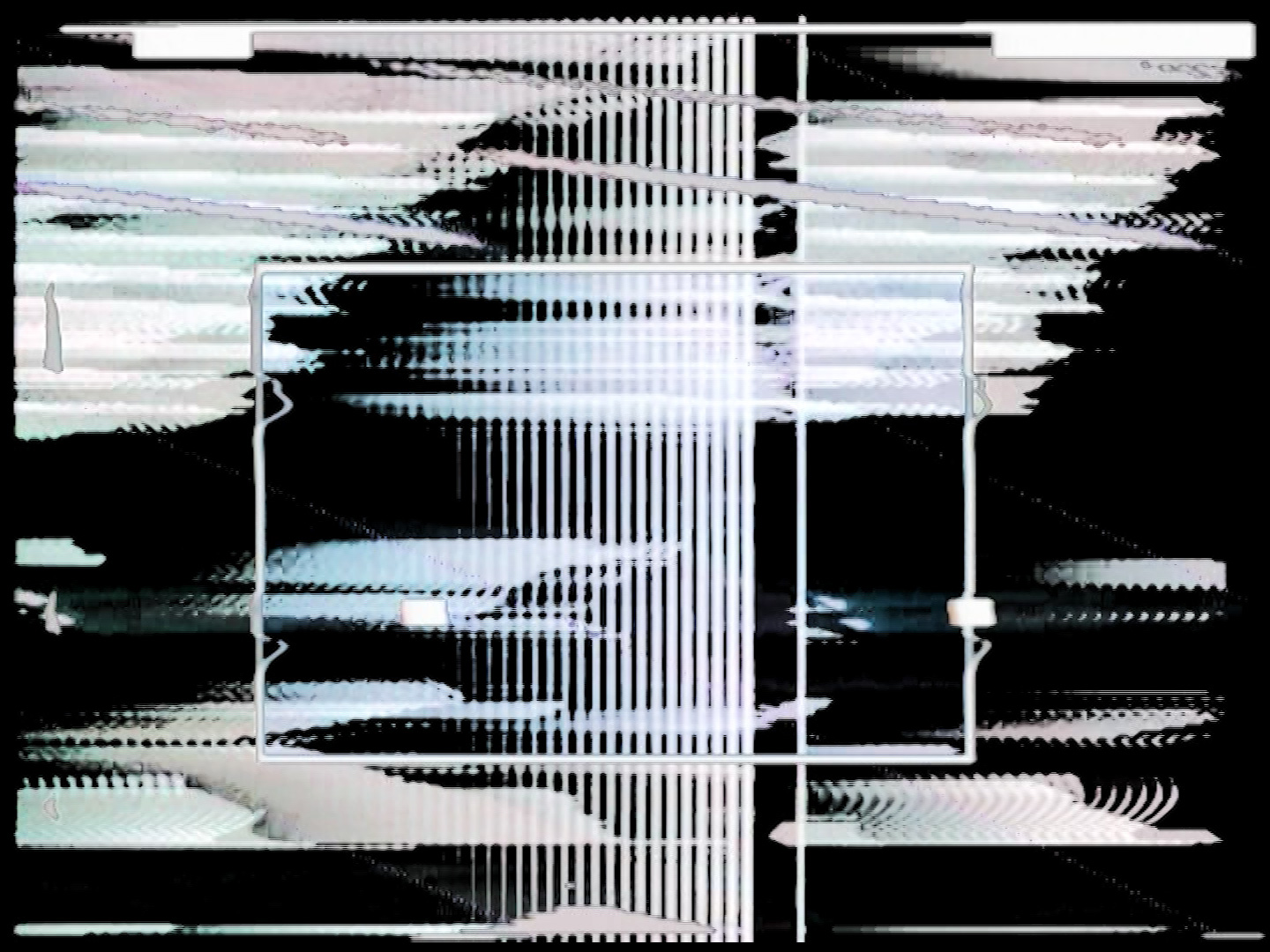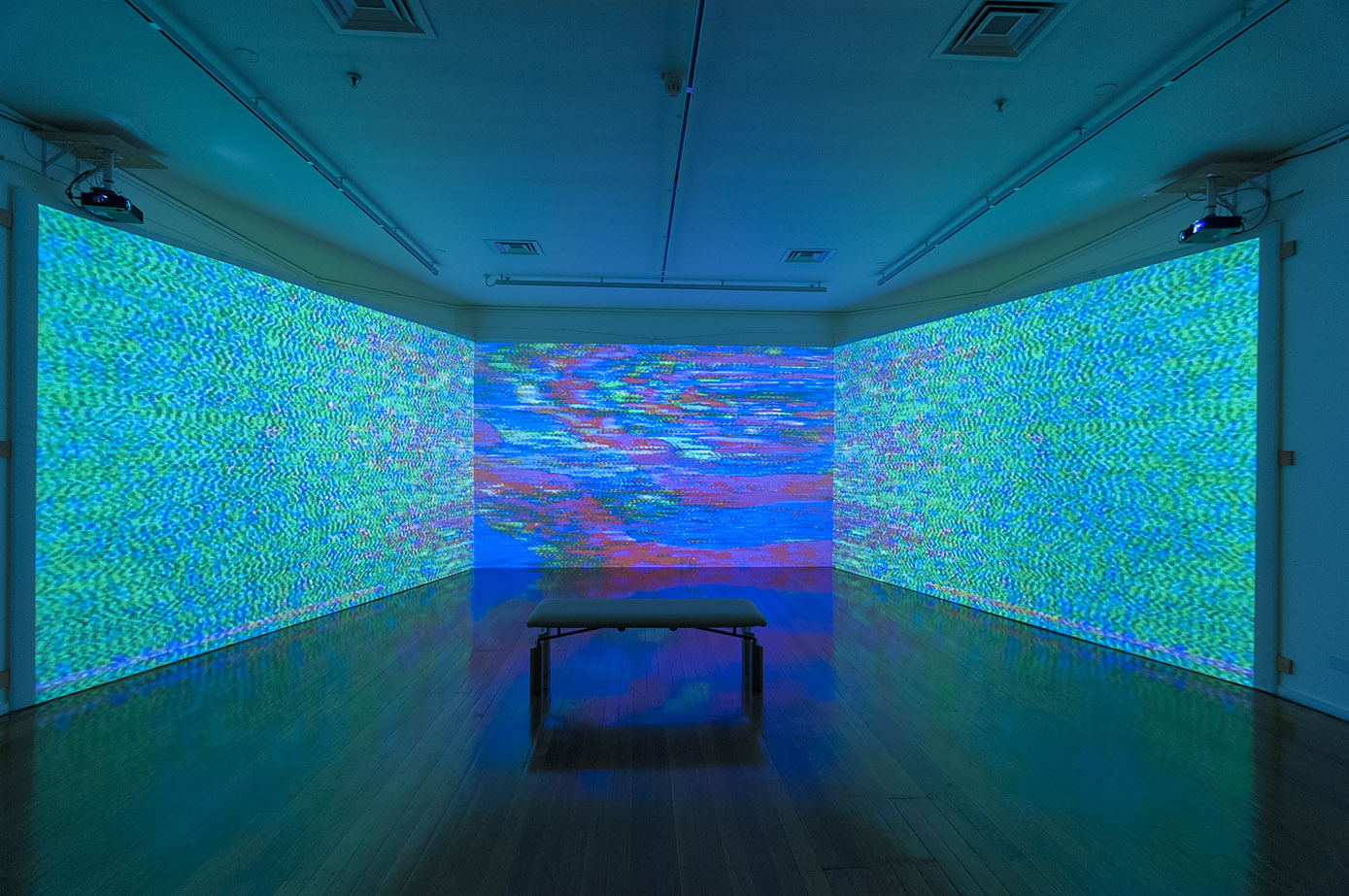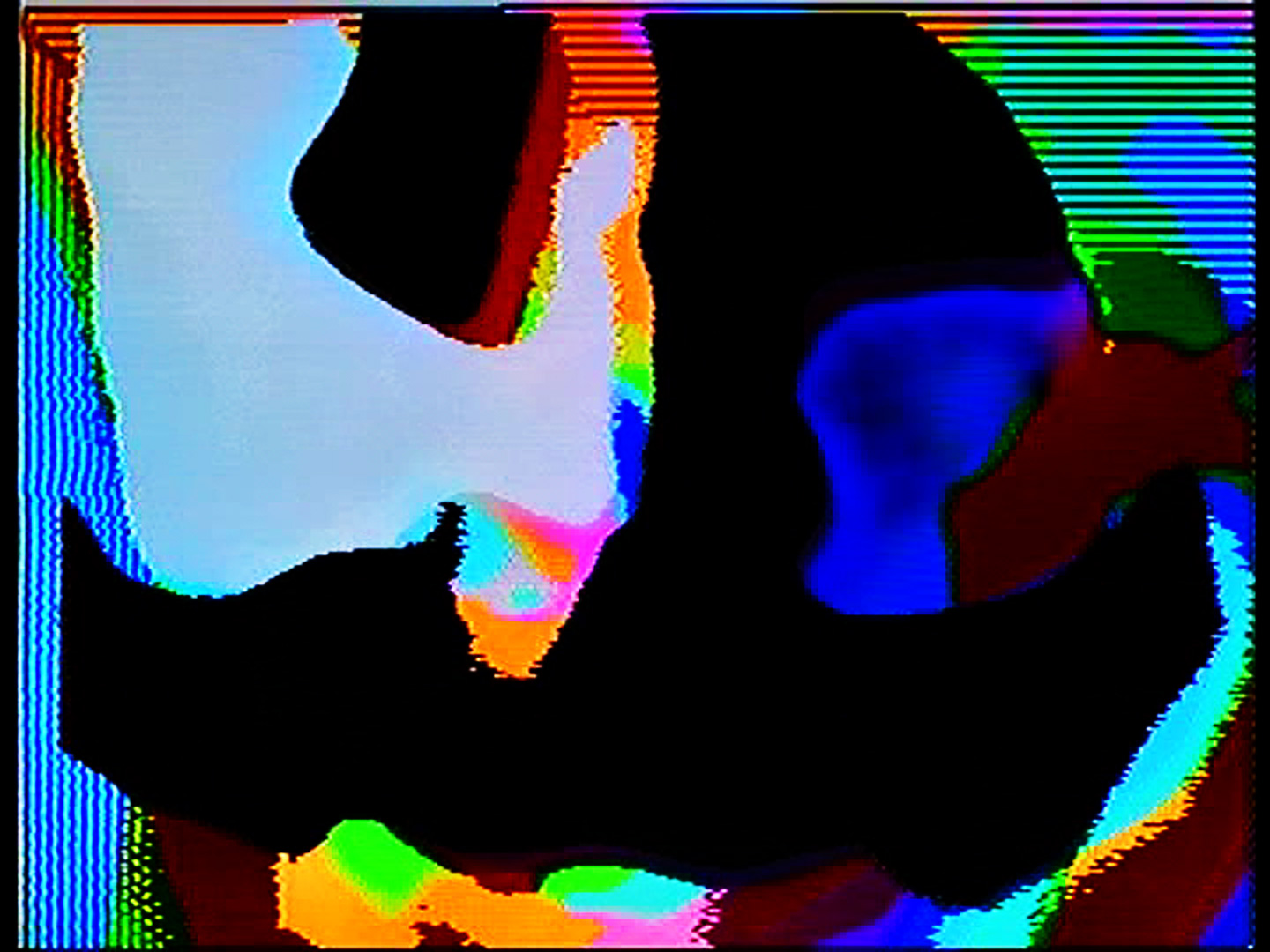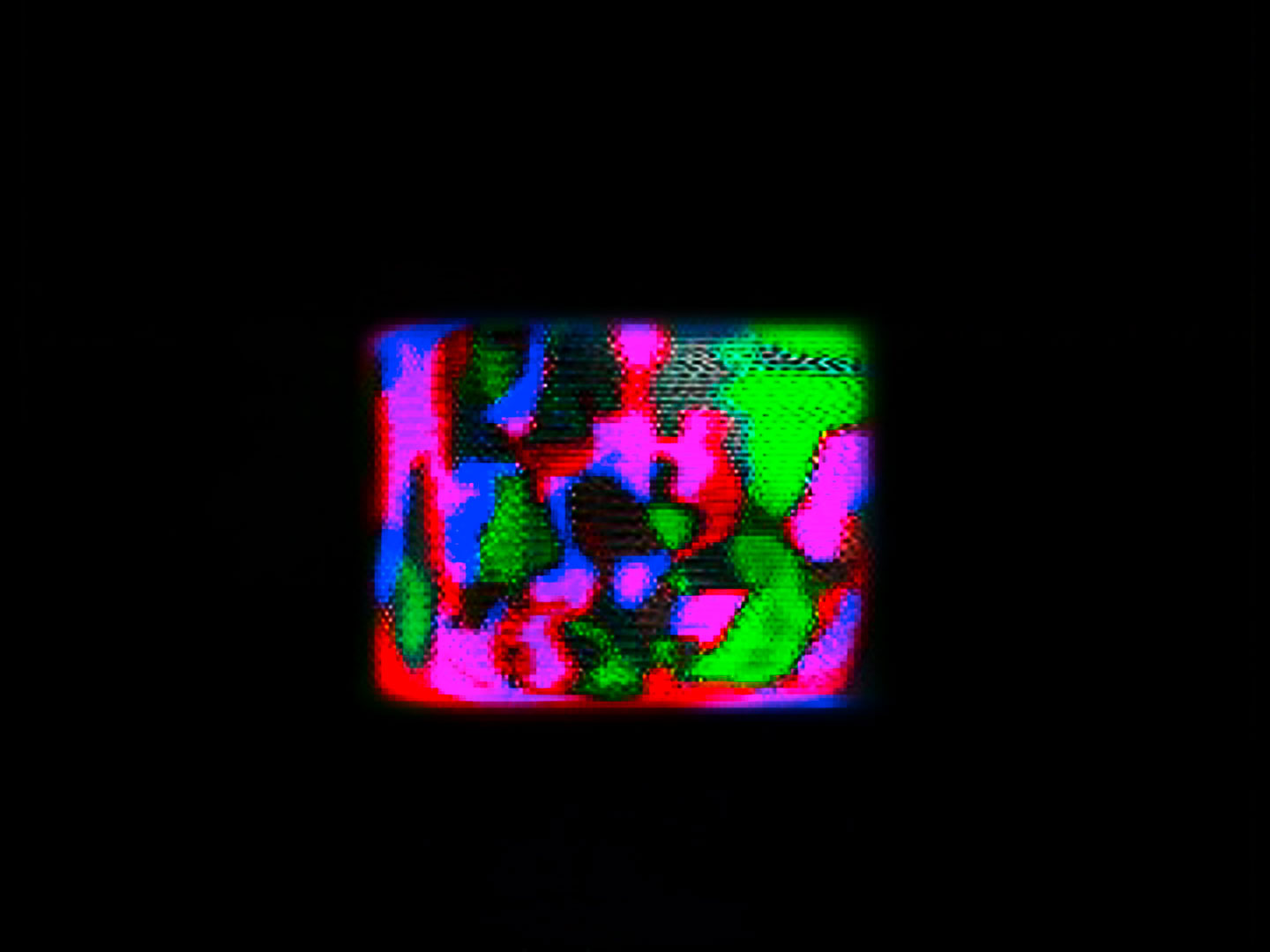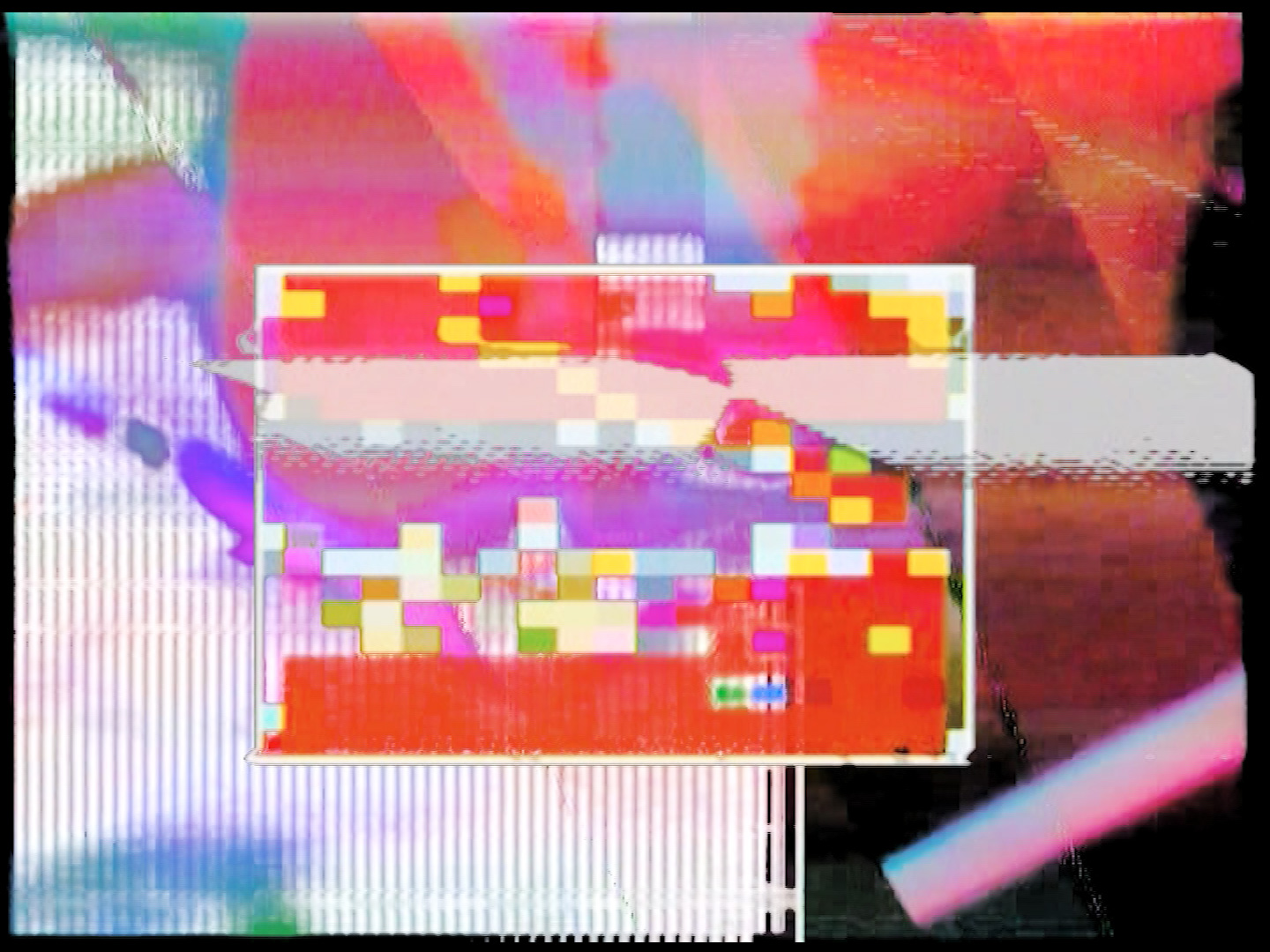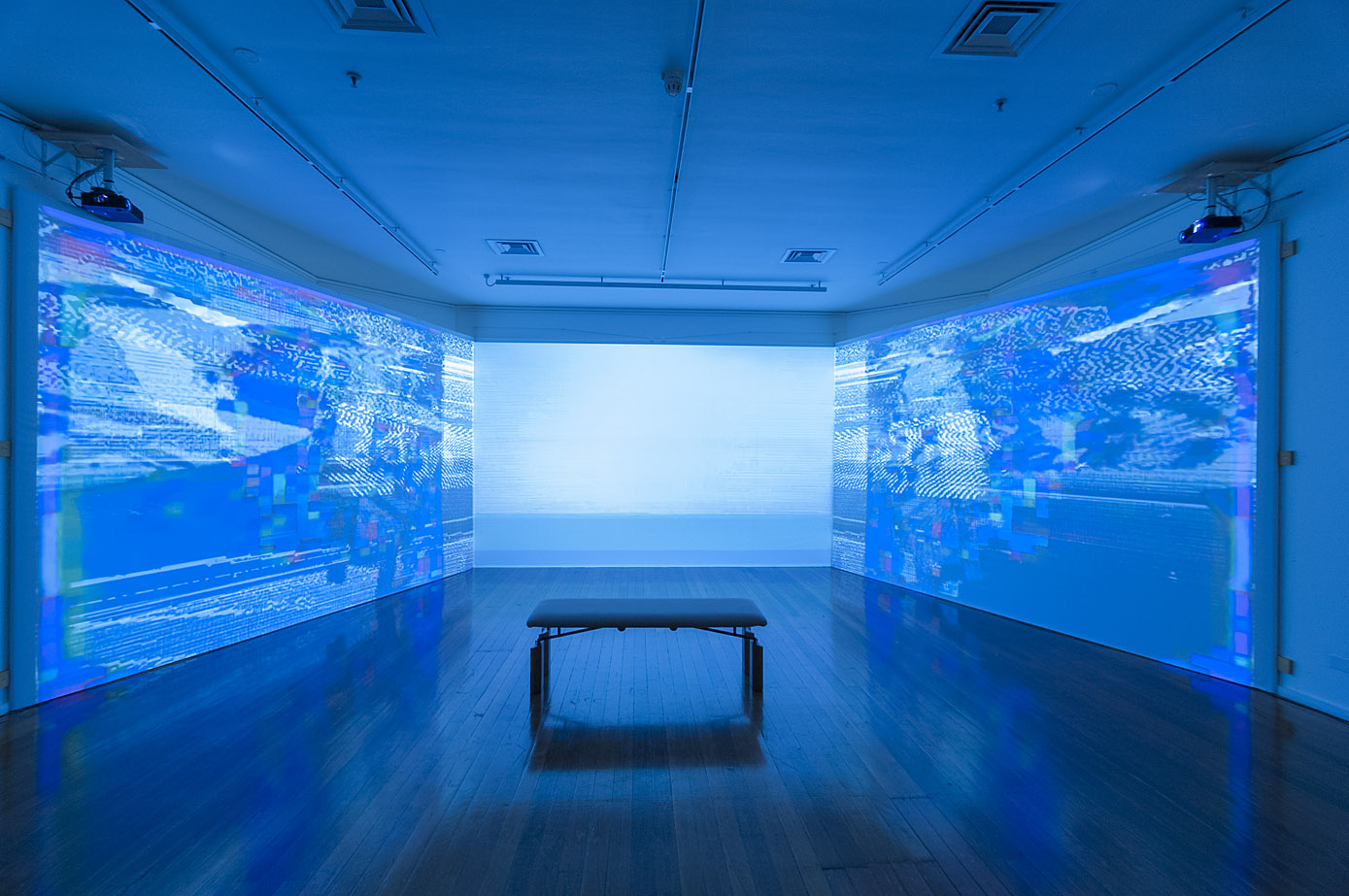Botborg is a practical demonstration of the theories of the (presumably) late Dr Arkady Botborger (b. 1909). Botborg’s radical theories claim that sound, light, three dimensional space and electrical energy including “those neural impulses which cause what is romantically referred to as consciousness” (1) are in fact one and the same phenomena, incorrectly perceived by a “pathetically malnourished and untrained perceptual apparatus” (2). Botborger, much like his contemporary and good friend Wilhelm Reich, believed that the capacity of machines to alter these neural impulses would bring about the next stage in human evolution. Unlike his friend, however, Botborger was a believer in the ‘small target’ strategy (probably due to time spent in Hungary under the occupation of Nazi Germany, and his subsequent work in the USSR) and published little of his work.
When he first demonstrated the Photosonic Neurokinaesthetograph to select members of the Politburo, military and KGB (in what is believed to be early 1953), they were initially impressed by the device but subsequently dismissed it as being of no practical value. “While the Neurokinaesthetograph (NKG) is admittedly an astonishingly effective method of inducing disorientation and breakdown of psychological defenses, in almost all test cases so far, subjects have been too disoriented for significant time periods afterward for any useful information to be gleaned from them. Additionally, many subjects have reacted to exposure to the NKG with an ecstatic sensation they describe in terms generally used by Christian mystics of the middle ages. It is strongly believed that traditional methods are far more efficient than the NKG in terms of cost, time and end results. We recommend the research be discontinued” (3). Botborger (now living in exile in Norway, after he had asked permission of the party to leave the USSR and continue his work) sent this fragment of the KGB’s official report on his work in a letter to Reich shortly before the latter’s death.
He went on to say in the letter how work on the NKG was progressing rapidly and he was now using himself exclusively as a subject, the results of which are described as “beyond the poverty of speech to express- I urge you, as both your friend and a fellow scientist to visit me at your earliest convenience (make one damn it!- stop playing at being famous, no good will come of it!) and experience this for yourself” (4). Unfortunately, Reich was to die before being able to take up this offer, and his death and the subsequent events were to have a profound effect on Botborger.
Seeing his friend’s work destroyed after his death with only the slightest murmurs of protest from the scientific community left Botborger deeply distrustful of all forms of authority and even the rest of those who “profess to share our profession” (5). He fired off a venomous missive to a short lived ‘aquarian’ science journal called “Synapse”, which published both philosophical investigations of scientific methods as well as more serious investigations of subjects such as Chinese medicines, and so on.
“Most scientists are not seeking for knowledge, or truth, or even fact, but reassurance and authority- a demonstration that the world is, in fact as they have always believed it to be- and they have a machine with which to prove it to others!. The current crop of ‘truth seekers’ in the ‘aquarian movement’ (or whatever it calls itself today) are no different. They obsess over imbeciles such as Crowley or Leary, act out their age old pre-primate impulses and seek the intellectual alpha-male to whom they can endlessly subordinate themselves, forever reaching for the shiny rocks at their feet which they are promised over and over again are the stars” (6).
Shortly after the publication of this letter, Botborger withdrew completely from public life and is commonly believed to have subsequently committed suicide and uncommonly believed to have been ‘disappeared’ by either the KGB, the CIA, or both acting in collusion (depending on who one talks to).
Fortunately, Botborger’s distaste for a culture seeking “higher highs and ‘better’ ways to mate, content with flashing lights and hallucinations masquerading as enlightenment” (7) was not universal, and he did share his research with some individuals. At the time, however, the equipment involved was highly specialised, and much of it had to be either customised heavily or created from scratch. With current technology, a simple, functional NKG can be set up with a minimum of equipment. It goes without saying that these NKG’s are not as effective as the original NKG, which incorporated much pharmoneurological biofeedback equipment in addition to its physical construction (similar to a flotation tank), but much of the essential effect can be captured and, with practice, the operator can exert great amounts of control over the complex feedback cycles. Some users, however, claim that this defeats the point of the NKG, and the operator must allow the system to regulate itself.
“To try and exert ‘control’ over the NKG in effect puts two forces- the ego of the operator and the natural cycles of the NKG- at cross purposes. When one uses the NKG – any NKG – as set out by Dr Botborger in “Uses of Pharmocological Biofeedback in Cyberneural approaches to Synergetic Photosonic Kinaesthetology” the operator must allow the cycles to dictate the operation of the machinery, in order for the full effect to be achieved. To use the glib phrasings of the new age movement (which Dr Botborger would hate), the operator must “become one” with the NKG. This sounds glib, and is obviously far easier with the biofeedback components of Dr Botborger’s original NKG, but similar effects can be achieved through uses of meditation techniques and certain psychoactive chemicals. Interestingly enough, groups of artists using NKG’s for aesthetic purposes have reported similar sensations to those of some of the subjects Dr Botborger performed collective tests upon before he began conducting the experiments exclusively on himself.” (8)
The NKG used by Botborg to generate these recordings involves an audio mixer, a video mixer, a camera and a television used as a monitor. These recordings, then are generated by the cyclic interactions and interferences of sound, light, electrical current, three dimensional space, movement and the neural impulses of the operators. These recordings in no way represent the effect of actually using an NKG. We urge you all to experiment with your own applications…
(1). Dr Arkady Botborger ; “Uses of Pharmocological Biofeedback In Cyberneural Approaches to Synergetic Photosonic Kinaesthetology” ; International Journal of Experimental Psychology #13 ; Signet House; Bern, 1952.
(2). Ibid.
(3). Dr Arkady Botborger/ Dr Wilhelm Reich; “Talking Through Reality: the Reich/ Botborger Letters” ; Pheonix Free Press ;
San Francisco, 1981.
(4). Ibid.
(5). Dr Jacqueline Armstrong (ed.) ; Letter published in “Synapse” ; Pheonix Free Press ; San Francisco ; 19XX
(6). Ibid.
(7). Ibid
(8). Oswald Hildebarrens ; “Beyond Plateau Earth” , published in “Universes, Univertices, Univertigo: Consciousness, Technology and the Future Revolution” (Susan Hannsen, (ed.); Yale University Press ; 1993.

